How can I kill the wild onions that are taking over?
ole_dawg
16 years ago
Featured Answer
Sort by:Oldest
Comments (33)
wild_forager
16 years agohatchjon
16 years agoRelated Discussions
How do I get rid of wild onions?
Comments (7)According to my weed book, your only option is to dig and dispose of each and every one - A narrow but deep-bladed transplanting or rootball spade is the best weapon against wild garlic or onions. Its blade is deep enough to reach under the bulbs, and its handle is strong enough to lever out the clump. Dig close to the clump, with the blade at a very slight angle, then lift. With your hands, pick out every bulb from the soil, even the tiny ones. Dispose of them in the trash, not on the compost pile. A pointed shovel or spade is as effective as a transplanting spade, but removes a bigger bite of soil and surrounding plants. OR you can "throw in the trowel", and harvest them for culinary and/or medicinal use. The bulbs, green tops, and even the flowers are tasty in a variety of dishes. It's also great for treatment of sore throats by steeping it in boiling water and gargling. So many good things about it. :) Brenda...See MoreWild Onions Taking Over Taking Over!!
Comments (20)William Carney, I would never buy from someone with unethical business practices like you are exhibiting. As the owner of your company, Globe Franchise dba ProPlugger, you signed up for Gardenweb just to post SPAM in our forums and knowing that you planned to disregard Gardenweb's TOS. You promised not to post SPAM when you signed up just yesterday, but then did it anyway. Hopefully, your unethical business practices will not lead to profit for you! I wouldn't use your product for this purpose anyway. Wild garlic/onions are often present in larger clumps than your fancy, overpriced bulb digger will handle. What do you think that monster is going to do to our daylily roots? Better to just wait until the soil is moist and pull the plants up, leaving the soil. Again, shame on you and your ripoff business for your disrespect of this website!...See Morehow does wild onion taste compared to tame onions?
Comments (10)I would be very hesitant to eat wild onions and/or wild garlic, although I do know people who swear that they are safe to eat. As a result of these claims, I have been doing some research on both wild onions and wild garlic. You might want to check out Texas Toxic Plant. Yes, they are referring to mainly to livestock, but I would be very hesitant to eat them. And according to Cornell University it states that it can be poisonous to "cattle, horses, children". And here is another site: FDA list. Toxic Plants states: Minor Toxicity: Ingestion of these plants may cause minor illnesses such as vomiting or diarrhea. If ingested, call the Poison Control Center or your doctor. So eat them if you really want to, but I think the good old 1015's from HEB are the best! Linda...See MoreIrises or wild onions...how to tell?
Comments (5)Matt, I've got a variety of grape hyacinth that come up in my backyard that look very much like what you've described including the shape of the bulb or corm. I thought they were wild onions, too, until I realized that they had no oniony smell. I had planted 3 or 4 groups of them years ago, but now they pop up all over my iris beds. I dug up all the "wanderers" last fall and put them back with the originals since they really are a neat little plant when they bloom. Shae...See Morewild_forager
16 years agonaturegirl_2007 5B SW Michigan
16 years agoshot
16 years agohatchjon
16 years agoaka_peggy
16 years agojustaguy2
16 years agonc_crn
16 years agoanney
16 years agoole_dawg
16 years agograndad_2003
16 years agodavidandkasie
16 years agoole_dawg
16 years agowild_forager
16 years agoBelgianpup
16 years agospear7
16 years agokate6
16 years agodavidandkasie
16 years agosecondcharter
16 years agozengeos
16 years agokate6
16 years agoanney
16 years agoole_dawg
16 years agosteve2416
16 years agoshellva
16 years agolawildgardener
15 years agomaupin
15 years agoclarkws756
11 years agoplantnut65
10 years agoltilton
10 years agomountstreet7
9 years ago
Related Stories

HOUSEPLANTS8 Houseplants You Can't Kill
They're forgiving and let you forget. Houseplants don't get any easier than this
Full Story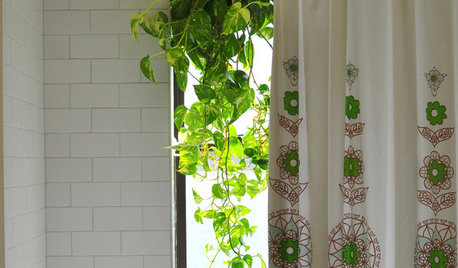
MOST POPULARThe Perfect Houseplant for People Who Kill Houseplants
If you can fill a jar with water, you can keep golden pothos vine happy — and it will pay you back with cleaner air and a greener home
Full Story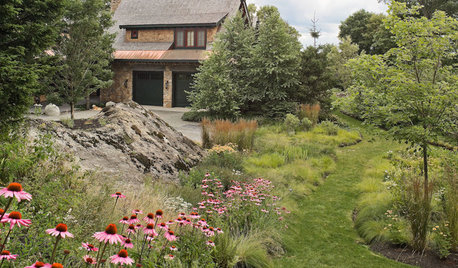
GARDENING GUIDES13 Risks to Take for True Garden Rewards
Go ahead, be a rebel. Breaking rules in the garden can lead to more happiness, creativity and connection with the earth
Full Story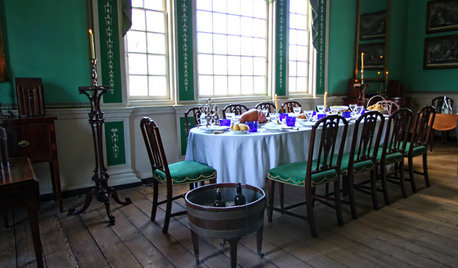
COLORWhen Color Could Kill: Stories From the History of Paint
Delve into paint's storied past — what you learn about its history and modern incarnations may surprise you
Full Story
LANDSCAPE DESIGNLiving on the Edge of the Wild
When Mother Nature is your neighbor, the possibilities — and responsibilities — can be that much greater
Full Story
BATHTUBSNew This Week: 3 Dreamy Places to Take a Bath
Care for a soak? These polished spaces will have your fantasies running wild
Full Story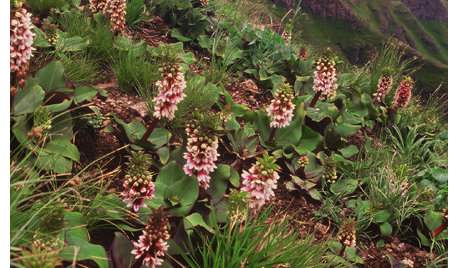
GARDENING GUIDES3 Exotic Flowers From the South African Wild
Add an enticing note to a garden border or patio container with these sophisticated and memorable African plants
Full Story
DECORATING GUIDESPalm Trees Take Interiors on a Tropical Vacation
Conjure a sultry vibe or bring welcome life to modern rooms. Whatever your interior design style, palm trees are the ticket to enhancing it
Full Story
ECLECTIC HOMESHouzz Tour: Wild Ideas in the Windy City
When bold art meets great architecture and interior design, something wonderful happens
Full Story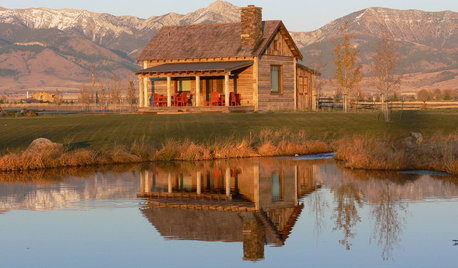
DECORATING GUIDESFresh Take: 15 New Ways With Western Style
Crisp contrasts and clever interpretations are updating the home-on-the-range style
Full Story



ole_dawgOriginal Author